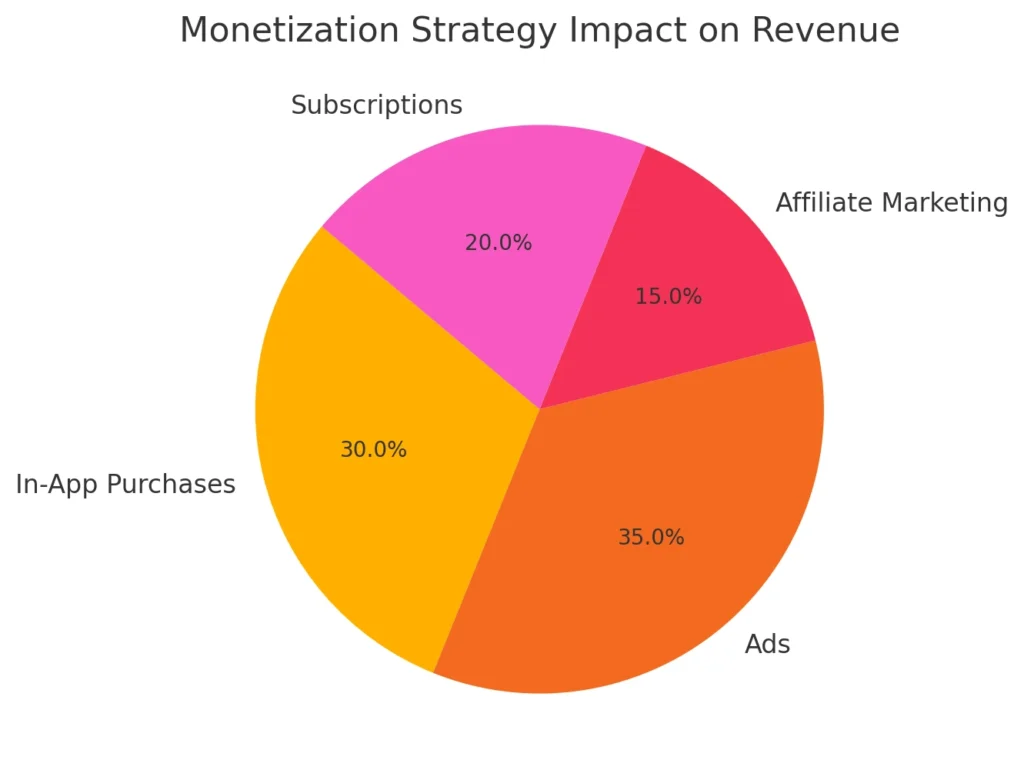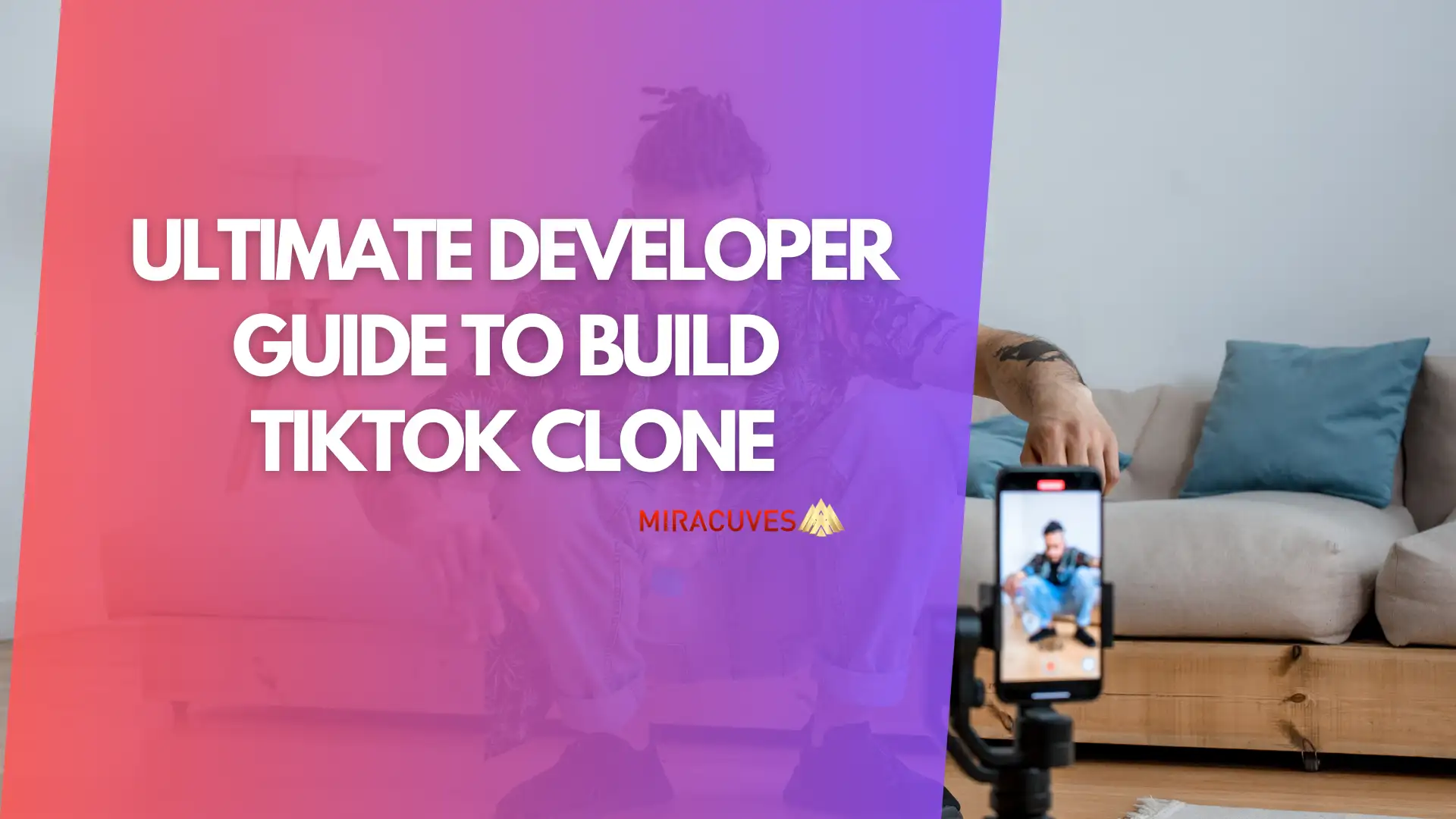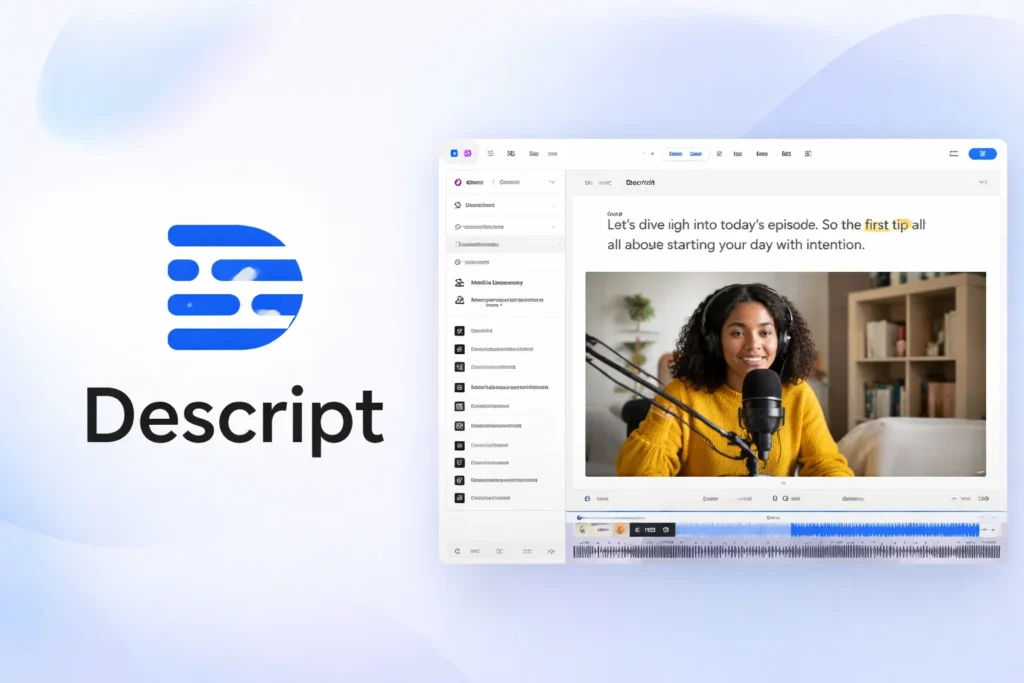TikTok’s meteoric rise has redefined how we consume and engage with social media content, becoming a global phenomenon with over a billion active users. Its ability to foster viral content, engage users through creative tools, and generate significant revenue has inspired many developers and entrepreneurs to replicate its success.
This guide provides a comprehensive roadmap for building a TikTok clone—from development and technology selection to monetization, user engagement strategies, and scaling the platform for viral growth. Whether you’re aiming to create the next video-sharing sensation or enhance your development expertise, this article will walk you through the critical steps to success.
Market Research and Target Audience
To build a successful TikTok clone, understanding your target audience is critical. Platforms like TikTok thrive because they resonate with specific demographics—particularly Gen Z and Millennials, who actively engage with short-form video content.
Key Aspects to Research:
- Demographics: Focus on users aged 16-35, as they dominate social media platforms.
- Behavior & Preferences: Study content preferences, time spent on apps, and engagement with features like filters or duets.
- Device Usage: Analyze the most common devices, operating systems, and internet availability to ensure smooth functionality across regions.
Competitor Analysis:
- Examine existing apps with similar features (e.g., TikTok, Instagram Reels) to identify market gaps.
- Look at what’s working well and where improvements can be made, such as faster uploads or unique video editing tools.
This research forms the foundation for your app’s concept, ensuring it meets the needs of your intended users and aligns with industry trends.
Key Features for a TikTok Clone
The Features to Make Your TikTok Clone App Go Viral will directly impact user engagement, retention, and scalability. A blend of essential and advanced functionalities is necessary to replicate TikTok’s success.
Core Features:
- User Registration & Profiles: Seamless sign-up with email/social media and customizable profiles.
- Video Upload & Editing Tools: Basic editing options like trimming, adding music, filters, and AR effects.
- Social Interaction: Likes, comments, hashtags, and the ability to share or save videos.
Advanced Features:
- AI-Powered Recommendations: Personalized content feeds based on user behavior (similar to TikTok’s “For You” page).
- Duets, Stitches & Live Streaming: Engaging features that allow users to collaborate or react in real-time.
- Real-Time Analytics: Track video performance, likes, shares, and engagement metrics to enhance content strategies.
- Push Notifications: Alerts for interactions and new content to keep users engaged and returning.
These features will not only create a captivating user experience but also ensure scalability, user retention, and sustained engagement—essential for competing in the video-sharing space.
Also Read:- Boosting Creator Loyalty on Platforms Like OnlyFans
Technology Stack and Development Approach
| Component | Technologies | Purpose |
|---|---|---|
| Programming Languages | Java, Kotlin, Swift, React Native | App development for Android, iOS, and cross-platform support |
| Cloud Infrastructure | AWS, Google Cloud, Microsoft Azure | Hosting, data storage, and scalability |
| AI & Machine Learning | TensorFlow, PyTorch | Personalized content recommendations |
| Notifications | Firebase, Amazon SNS | Push notifications and alerts |
| AR Filters | ARCore, ML Kit | Augmented reality effects |
Selecting the right technologies ensures that your TikTok clone is scalable, fast, and user-friendly. Here’s a breakdown of essential technologies:
Programming Languages
- Android: Java, Kotlin
- iOS: Swift, Objective-C
- Cross-platform: React Native, Flutter
Cloud Infrastructure
- Storage: AWS S3, Google Cloud
- Hosting: Kubernetes for microservices-based deployment
- Real-time Notifications: Firebase, Amazon SNS
AI & Machine Learning
- Recommendation System: TensorFlow, PyTorch
- AR Filters: ARCore, ML Kit
By using the right tech stack, you ensure smooth performance, fast uploads, and an engaging user experience.
Incorporating machine learning in a TikTok clone can significantly enhance the user experience, especially through personalized recommendations. Using frameworks like TensorFlow ensures both performance and ethical AI usage.
Check out TensorFlow’s best practices for responsible AI development to align with industry standards and build trust among users.
Legal and Compliance Considerations
| Compliance Area | Requirement | Example |
|---|---|---|
| Data Privacy | GDPR, CCPA compliance | Collect user consent for data usage |
| Copyright & Licensing | Licenses for music and content | Rights management for user-generated videos |
| Age Restrictions | Parental controls for younger users | Compliance with COPPA regulations |
When building a TikTok clone, it’s essential to address regulatory and legal requirements to protect both users and your platform. Non-compliance can result in fines, lawsuits, or app removal from stores.
Key Compliance Requirements:
- Data Privacy: Ensure compliance with laws such as GDPR (Europe) and CCPA (California), particularly for handling user data, location tracking, and personalized ads.
- Copyrights & Licensing: Acquire appropriate licenses for music, videos, and AR filters. Implement tools to monitor user-generated content for potential copyright violations.
- Age Restrictions & Parental Controls: Comply with COPPA (Children’s Online Privacy Protection Act) if targeting younger users.
Addressing these elements ensures the platform operates legally, maintains trust, and avoids disruption.
Handling user data responsibly is a priority for any social platform. Compliance with the California Consumer Privacy Act (CCPA) ensures transparency and gives users control over their personal information. This is particularly important if your platform serves California residents.
Learn more about CCPA regulations to ensure your app stays compliant and avoids potential legal issues.
Security Measures
Security plays a pivotal role in building a reliable video-sharing platform, ensuring user trust and protecting sensitive data. Here’s how you can implement robust security practices for your TikTok clone:
Encryption & Secure APIs
- Use end-to-end encryption to protect user data during transmission and storage.
- Secure your APIs to prevent unauthorized access and data breaches.
Content Moderation Tools
- Deploy AI-based moderation to identify and filter inappropriate or harmful content.
- Enable user reporting mechanisms to maintain a safe platform environment.
By prioritizing security, your platform will protect user privacy, reduce risks, and build trust among users.
Monetization Strategies

| Strategy | Description | Example |
|---|---|---|
| In-App Purchases | Sell coins, filters, or premium features | TikTok’s coin-based gifting system |
| Ad-Based Revenue | Use banner ads or sponsored videos | Native ads within the video feed |
| Affiliate Marketing | Earn commissions for promoted products | Promote products with links or tags |
| Subscriptions | Offer premium access with no ads | Monthly or yearly subscription plans |
Monetizing a TikTok clone effectively ensures sustainability and profitability. Below are some proven models:
1. In-App Purchases:
- Users buy virtual goods like coins or premium filters.
- Similar to TikTok’s gifting feature for live streams.
2. Ad-Based Revenue:
- Banner ads, sponsored videos, and native ads integrated into the feed.
- Allows brands to reach target audiences seamlessly.
3. Affiliate Marketing:
- Promote third-party products, earning commissions from referrals.
4. Subscriptions & Premium Features:
- Offer ad-free or feature-rich versions through subscriptions.
A well-planned combination of these strategies ensures revenue diversity and user satisfaction.
Ready to launch your video-sharing app?
Experience how we can build features like real-time
video streaming, social engagement tools,and a dynamic
video feed-just like TikTok .
Building an MVP (Minimum Viable Product)

Developing a Minimum Viable Product (MVP) helps test the core functionality of your TikTok clone before a full-scale launch. This stage focuses on delivering essential features to collect user feedback and validate the concept.
| Feature | iOS/Android Development Hours | Backend Development Hours | Description |
|---|---|---|---|
| User Login | 25 hours | 12 hours | Basic user authentication via email |
| User Profile Setup | 40 hours | 25 hours | Profile creation and customization |
| Video Editing Tools | 70-80 hours | 60 hours | Simple video trimming and music overlay |
| Likes and Comments | 30-40 hours | 40-50 hours | Social interactions to increase engagement |
| Notifications | 25 hours | 50-60 hours | Push notifications for user activities |
Key Features for MVP:
- User Authentication: Basic email and social login functionality.
- Video Upload & Editing: Recording, trimming, adding music, and applying simple filters.
- Social Features: Likes, comments, and hashtag integration.
- Notifications: Push alerts for user engagement.
MVP Development Timeline & Costs:
- Estimated 680+ hours for MVP completion.
- Development costs vary: $11K+ in India, $29K+ in Eastern Europe, $85K+ in the U.S.
Launching an MVP allows you to gather feedback early, fine-tune the product, and reduce risks.
Design and User Experience (UX)
A well-designed user interface (UI) is critical for ensuring high user engagement and satisfaction. The goal is to create a minimalistic, intuitive interface that offers seamless video interactions.
Key Elements of UX Design:
- User-Friendly Navigation: Simple menus and easy access to key features like recording and editing.
- Fast Video Playback: Optimize for low buffering time and smooth transitions.
- Appealing Visual Design: Incorporate attractive yet functional UI elements to maintain engagement.
Designing with the user in mind ensures a great experience, fostering retention and loyalty.
Performance Optimization
To ensure smooth user experience, especially during high-traffic periods, optimizing the app’s performance is essential. Below are key strategies:
1. Reduce Latency:
- Implement Content Delivery Networks (CDNs) for faster video streaming.
- Optimize video compression without compromising quality.
2. Load Balancing:
- Use Kubernetes and microservices architecture to manage server loads.
- Distribute traffic efficiently across multiple servers to prevent downtime.
3. Caching Strategies:
- Cache frequently accessed data to reduce response time and server load.
Performance optimization ensures your app remains responsive and scalable as user traffic grows.
User Retention Strategies
Building and retaining an engaged user base is essential for long-term success. Below are effective strategies:
1. Gamification Features:
- Implement leaderboards, badges, and challenges to encourage participation and competition.
2. Rewards and Loyalty Programs:
- Offer in-app rewards, exclusive features, or discounts to loyal users.
- Introduce milestone-based incentives (e.g., bonuses for frequent content creation or streaming).
3. Personalized User Experience:
- Use AI to provide tailored content recommendations and engagement prompts.
- Send personalized notifications based on user behavior.
A strong retention strategy ensures users remain active, increasing overall engagement and lifetime value.
Marketing and Launch Strategies
Launching a TikTok clone successfully requires strategic marketing efforts to attract users and generate buzz. Here’s a detailed approach:
1. App Store Optimization (ASO):
- Use relevant keywords, engaging descriptions, and high-quality screenshots to increase visibility on app marketplaces.
2. Influencer Marketing & Ads:
- Collaborate with influencers and run social media ad campaigns to generate early traction.
- Use branded challenges and viral trends to build hype.
3. Pre-Launch Campaigns:
- Create anticipation by teasing features and functionalities through social media and email campaigns.
A strong marketing plan ensures visibility, driving downloads and engagement during and after launch.
Scaling and Growth Strategies
Sustaining growth requires a combination of community-building, trend adaptation, and influencer collaborations. Here’s a breakdown:
1. Build an Engaged Community:
- Encourage interaction through comments, challenges, and user-generated content.
- Use branded hashtags to promote user participation and visibility.
2. Leverage Viral Trends and SEO:
- Stay up-to-date with TikTok-style trends to remain relevant.
- Optimize content with keywords and hashtags for better search visibility.
3. Collaborate with Influencers:
- Partner with influencers to amplify your reach and build trust.
These strategies ensure sustainable growth and engagement over time.
Conclusion
Building a TikTok clone is a complex but rewarding endeavor that requires careful planning, development, and execution. From understanding market trends and implementing essential features to securing data and ensuring high performance, each step is crucial for creating a sustainable platform.
To stand out, developers must integrate engaging features, optimize the app for growth, and apply smart monetization strategies. With the right approach, your platform can attract users, generate revenue, and achieve viral success.
Ready to build your TikTok clone? Contact Miracuves to get started today!
Related Post:-
- Top Features for Building a YouTube Clone Video Platform
- Subscription Models for Maximizing Profits in a Netflix Clone
Want to create a viral video-sharing app?
Let us help you integrate key features like social interactions, real-time video streaming, and content recommendations—just like TikTok.
FAQs
What is the estimated cost of building a TikTok clone?
The cost varies depending on location and scope. Developing an MVP can cost around $11K+ in India, $29K+ in Eastern Europe, and $85K+ in the U.S.
How long does it take to develop a TikTok clone MVP?
It typically takes around 680+ hours to develop an MVP for one platform.
What technologies are essential for building a TikTok clone?
Key technologies include Kotlin/Java for Android, Swift for iOS, AWS for cloud infrastructure, and TensorFlow for AI-powered recommendations.
How can I monetize a TikTok clone?
Monetization strategies include in-app purchases, ads, affiliate marketing, and premium subscriptions.
What security measures are needed for a video-sharing app?
End-to-end encryption, secure APIs, and AI-based content moderation are crucial for data protection and user safety.
Check out our popular video content app solutions offered by Miracuves – built for performance and scale:
- Netflix Style Video App– Seamless streaming with an intuitive interface, offering high-quality video delivery
- YouTube Style Video App – A versatile platform for video uploads, views, and social engagement
- TikTok Style Video App – Short-form video sharing with viral potential, interactive features, and easy content creation








